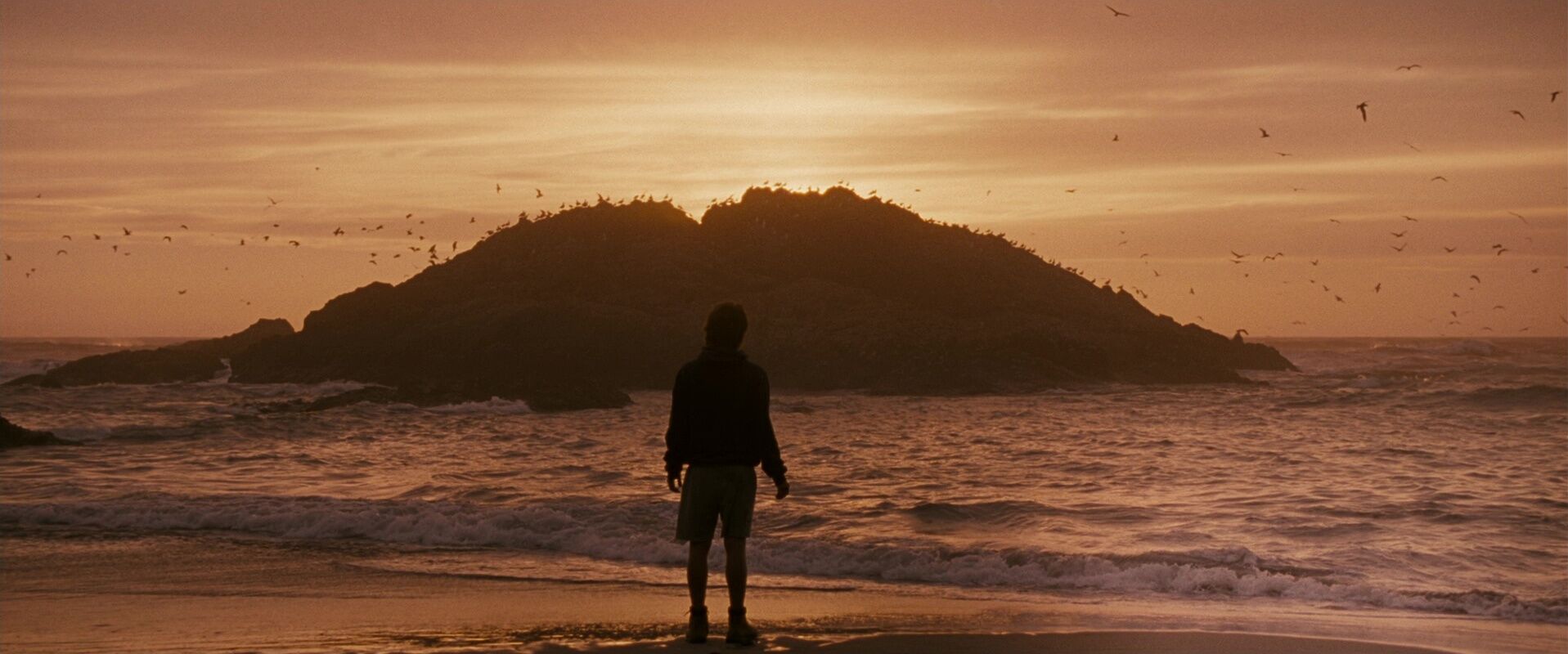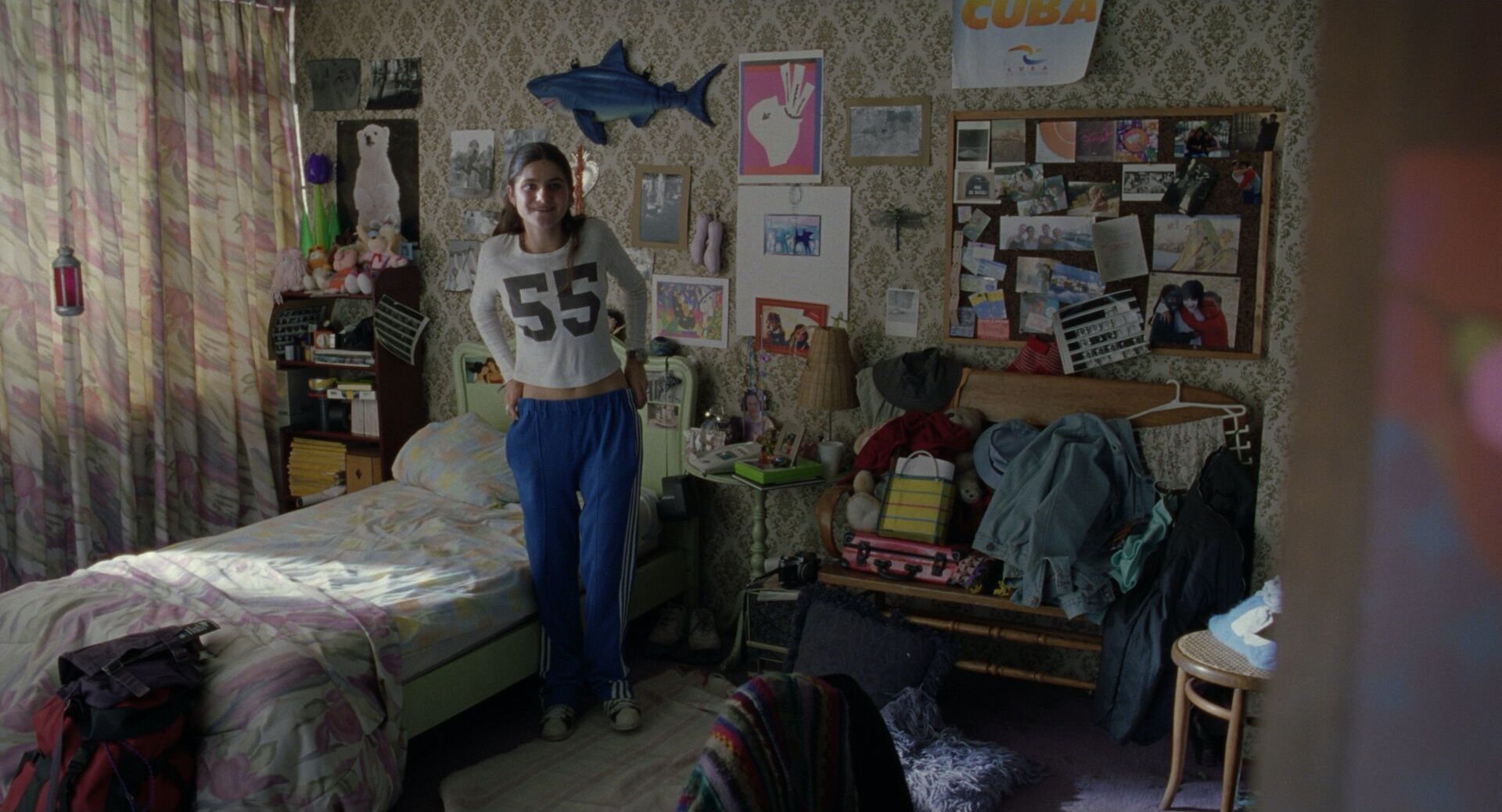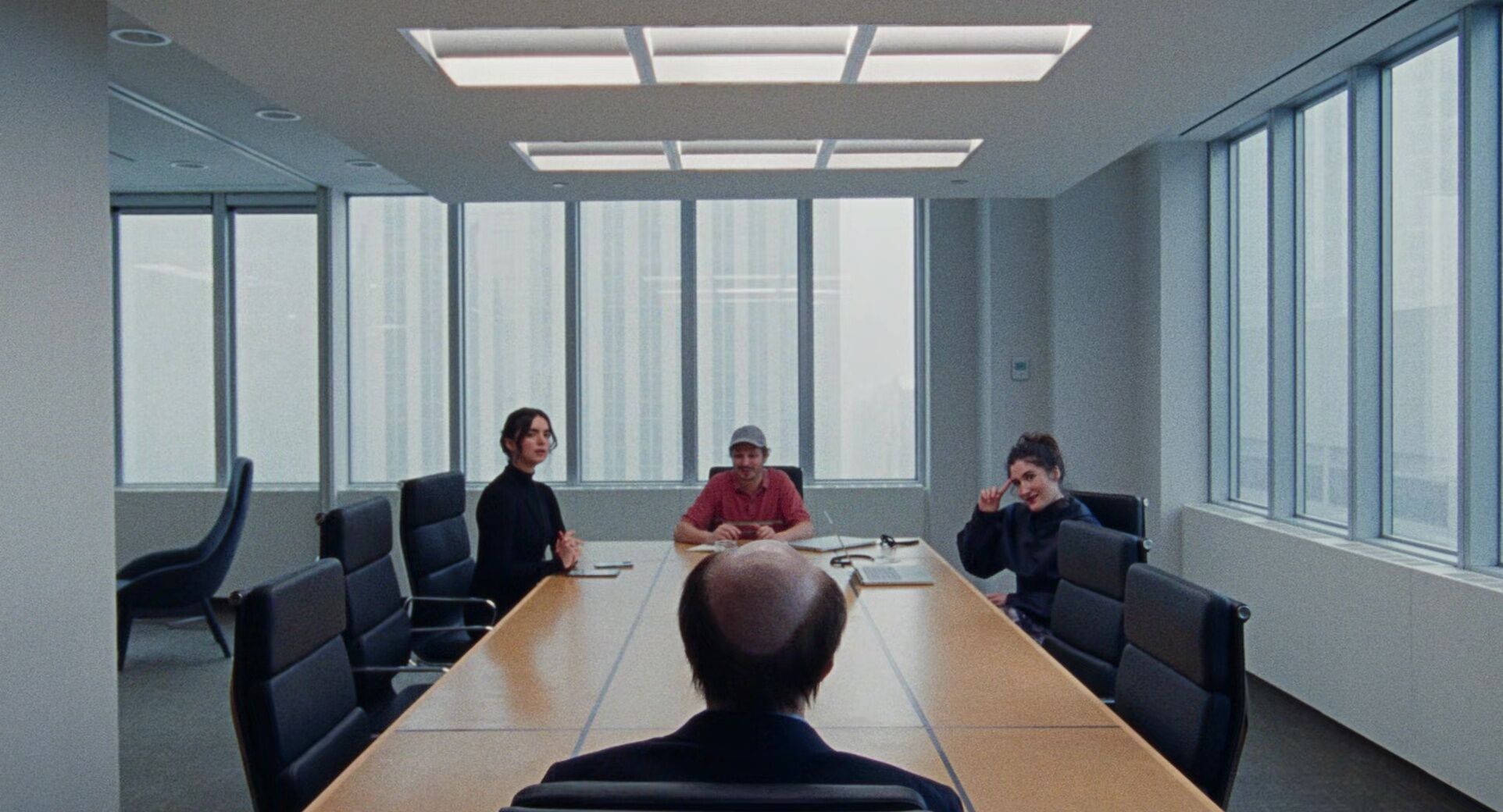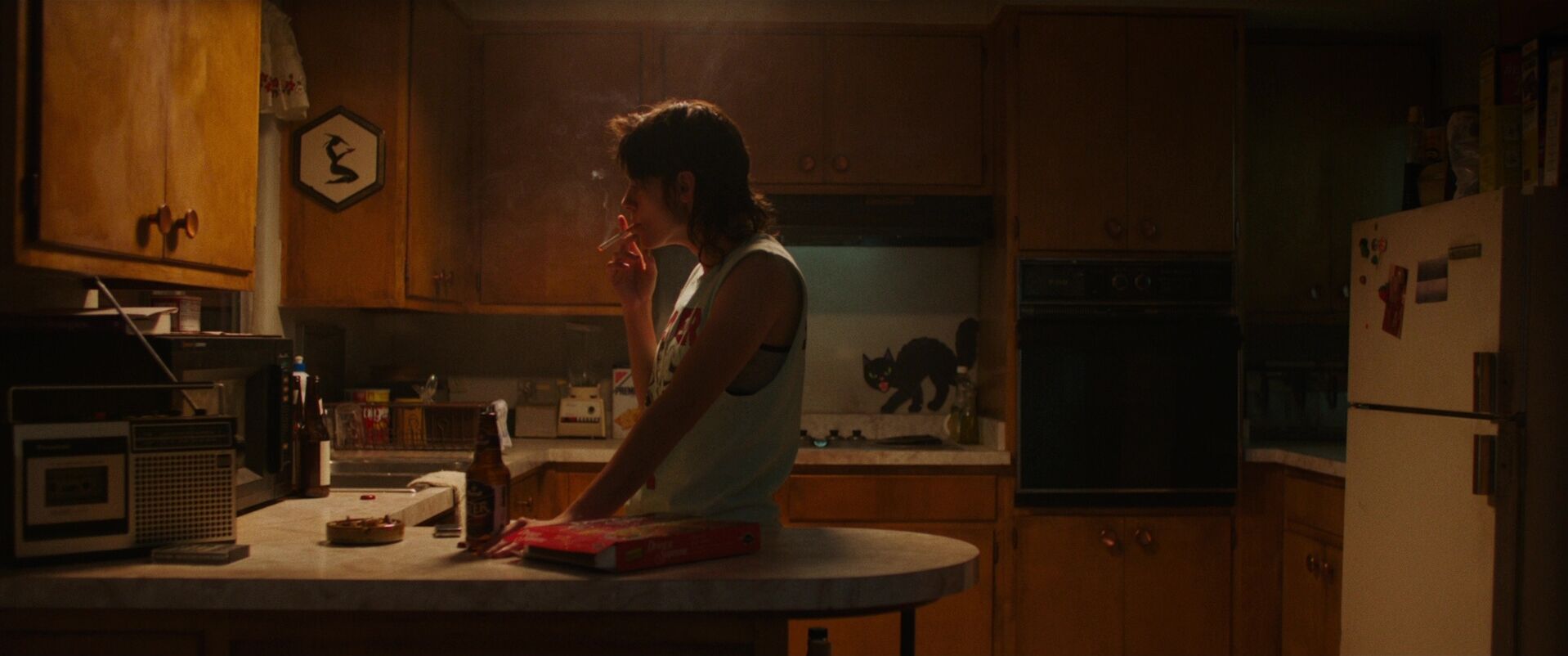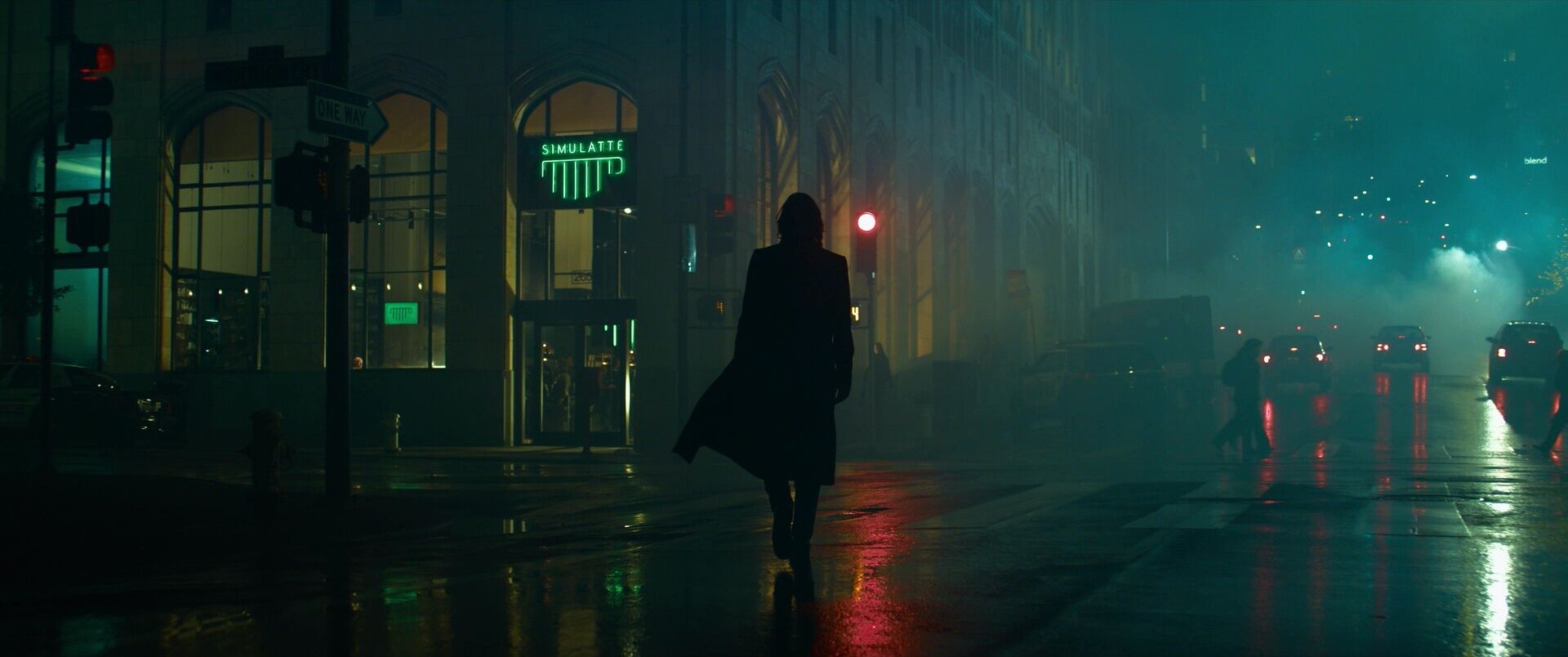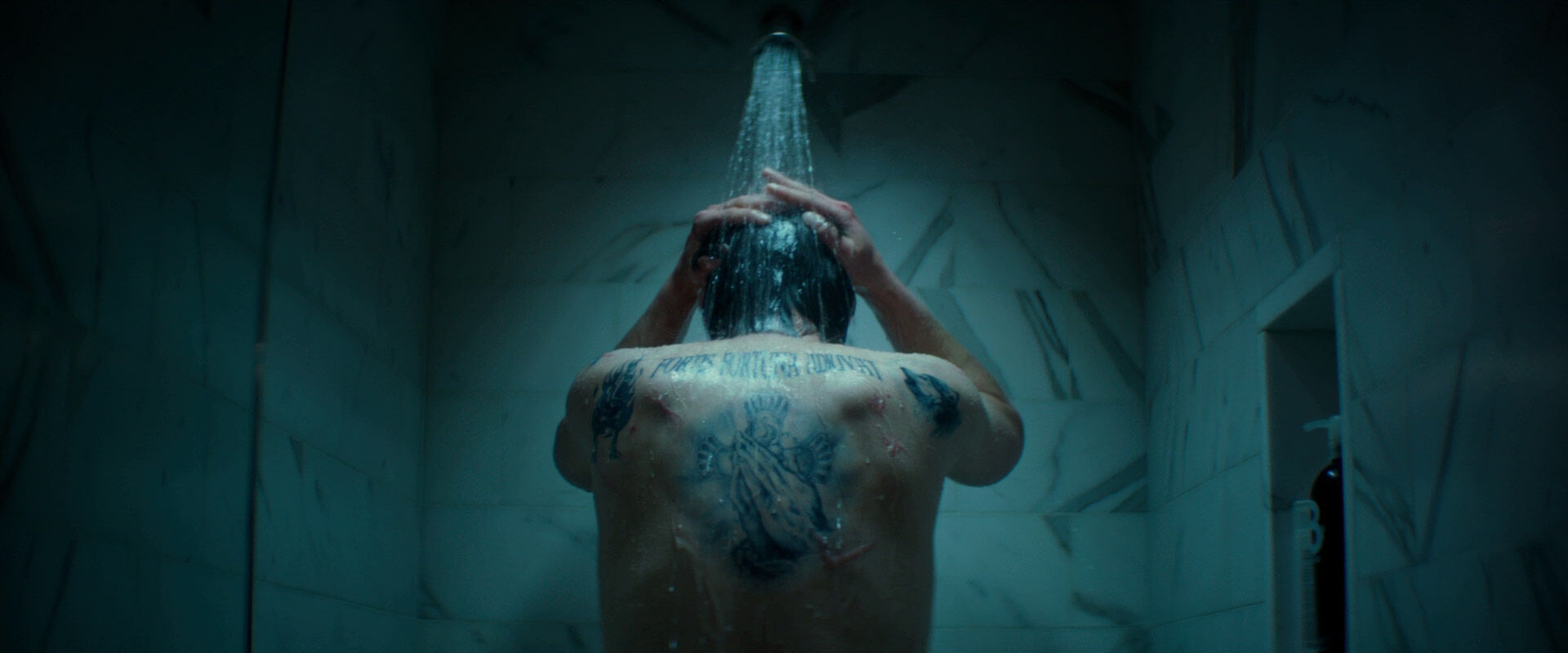home → Camera Lenses → Wide Angle Lens Shot
WIDE ANGLE LENS SHOT DEFINITION
What is a Wide Angle Lens Shot?
A wide angle lens shot is defined by its lens with a focal length that rests typically between 24mm and 35mm. With this specific type of lens, a significantly more expansive field of view opens up to an extent no normal lens type can. This lens becomes of great use, particularly when a director does not want to physically move the camera, but still wishes to capture more inside of the camera’s frame.
For a more in-depth understanding of this technique, check out our full guide to the wide angle lens, featuring more lens-specific examples and breakdowns.
MEANINGS & PURPOSE
Wide Angle Lens Shot Examples
It’ll be helpful to first browse some visual examples of wide angle lens shots before we get into how they’re implemented for storytelling purposes. Below is a curated selection of wide angle lens shots to help familiarize yourself with their most broad uses in film.
Character and environment dynamics
Expands the world
Shrinks a character
Epic reveals
Uses
What does a wide angle lens shot communicate?
You may have held the assumption that wide angle lens shots are solely used for capturing vast environments. But while this is a common application, the wide angle lens shot can also be used for settings that are as contained as two characters talking in a small, enclosed interior. It all simply comes down to why it’s necessary to expand the field of view for a scene. Let’s take a look at some examples below.
Distance
A wide angle lens can create a greater environmental distance between two characters, imparting an emotional or informational gap between them.
Isolation
During a wide shot, a wide angle lens can make a territory even more expansive, allowing the character in the vast setting to appear more isolated.
Movement
If a character is running laterally, a wide lens will make the background appear to rush by even faster, upping the dynamics of the shot and the urgency.
Action
Using a wide angle lens in an action scene can pronounce a character, making us feel physically closer to them rather than observing from a distance.
Qualities
Wide Angle Lens vs Normal Lens
The difference between a wide angle lens and a normal lens all comes down to focal length. What would typically be considered a ‘normal’ lens is one with a focal length of roughly 50mm to 75mm. The result of this lens in a shot would be one that offers a naked eye-like view that neither appears expanded nor compressed. In other words, it keeps the image looking natural and proportional.
A wide angle lens on the other hand, captures a broader view of an image without moving the camera, fitting more of an environment into a shot, and making foreground subjects appear larger while the background appears smaller and farther away.
Telephoto Lens vs Wide Angle Lens
A telephoto lens alludes to a focal length of 70mm or higher. A wide angle shot might work to make an object in an expansive landscape appear even further away as it widens the scope of view, while a telephoto lens is often used to make that object seem significantly closer than it actually is. The telephoto lens isolates a subject by compressing the background space in the frame, while the wide angle lens will isolate the subject by opening up background space and exaggerating its depth.
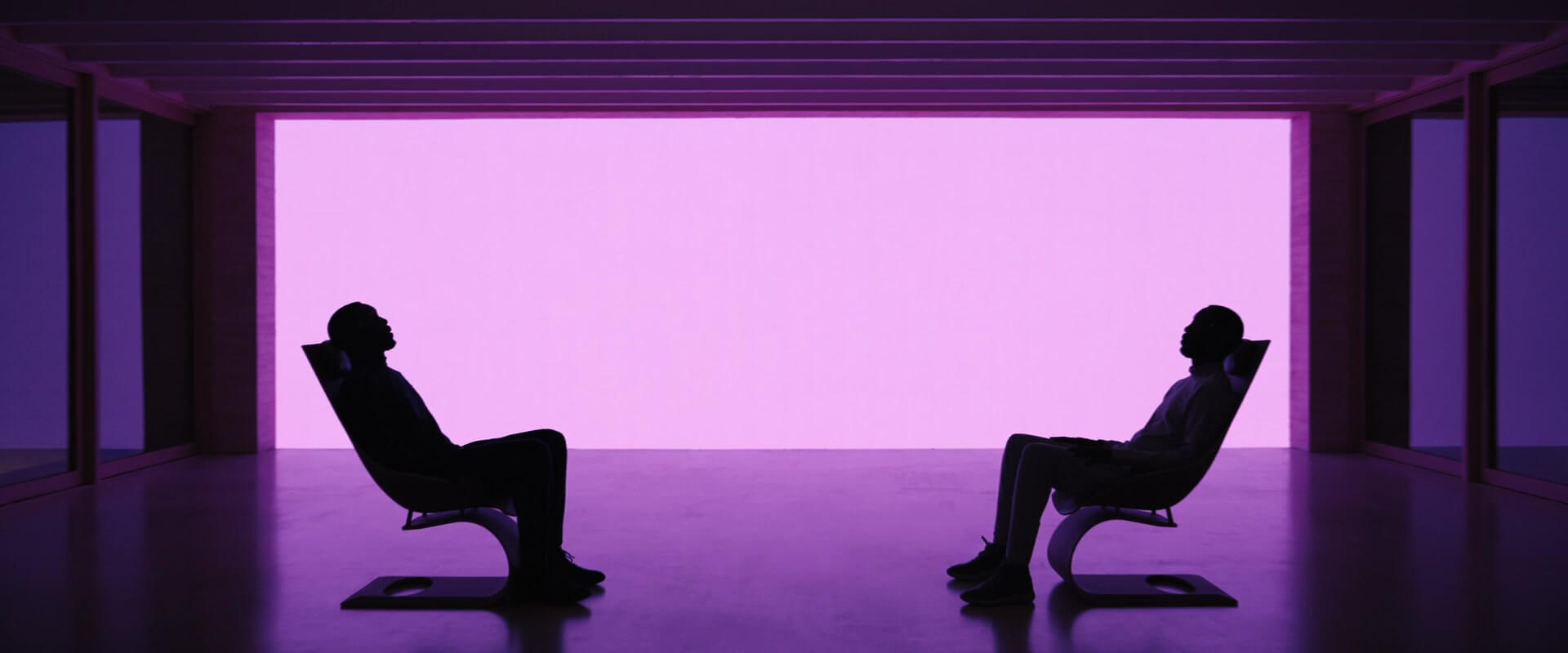
Case Study
Shot listing a wide angle lens shot
Now let’s place ourselves in the shoes of a professional filmmaker by breaking down a specific scene that features a wide angle lens. In his horror masterpiece The Thing, director John Carpenter crafts a supremely suspenseful scene.
Click the shot list below to take a closer look at the entire scene, and ask yourself what we get from switching between claustrophobic close-ups to a wide shot.
There’s truly no shortage of ways to creatively implement the wide angle lens within a film’s scene.
Now that we have a general understanding of wide angle lens shots, let’s see what happens when we pair this unique lens with other camera techniques.
Unexpected combos
How can you use a wide angle lens with other camera techniques?
How to combine a wide angle lens shot
We know that a wide angle lens can have both a profound and subtle impact on audience psychology during a scene, but what could result from combining this effect with other filmmaking approaches? Below are some exciting results that can come out of pairing the wide angle shot with a variety of different cinematic techniques:
- Dolly Zoom: The wide angle lens during a dolly zoom can result in the background stretching in an even more exaggerated manner.
- Dutch Angle: With a wide angle lens Dutch angle, the psychological tension of a character in the foreground can be emphasized with greater effect.
- Whip Pan: Using a wide angle lens for a whip pan can make the shot’s motion appear pronounced significantly.
- Low Angle: A low angle shot with a wide angle lens might work to make a character reveal or entrance feel grand and all the more magnificent.
- Crane: Using a wide angle lens during a sweeping crane shot results in a perfectly epic environment reveal.
- Tilt: Tilting while capturing a subject with a wide angle lens can work to help establish a pronounced ideal with the subject and its surrounding environment.
Frequently asked questions about the wide angle lens shot
In general, the wide angle lens shot works to capture more within a film frame without having to physically move the camera.
There’s no one answer for when to use wide angle lens shots, but the two most common options for use are when you wish to further expand the environment in a shot, and when you want to make your foreground subjects appear larger and more present.
A wide angle lens sets the focal length of the camera at anywhere from 24mm to 35mm. By doing this, the visual length of the environment being captured expands significantly compared to a normal lens.




